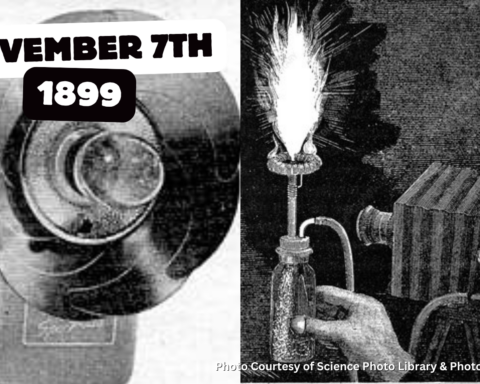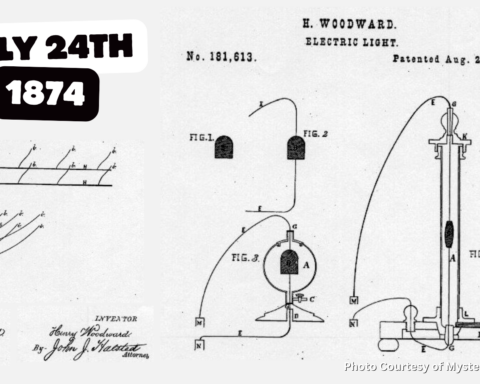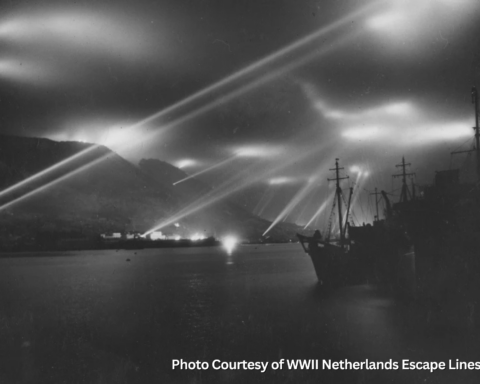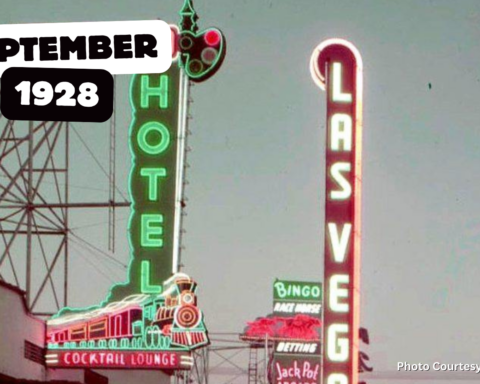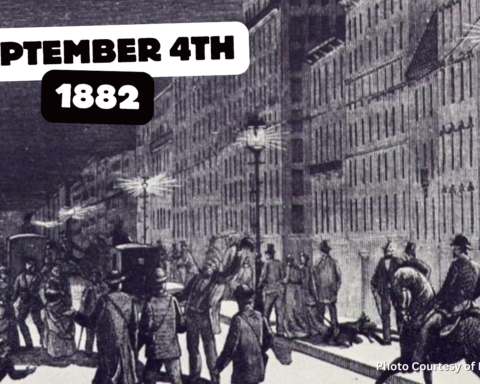Mount Rushmore, an iconic symbol of American history and patriotism, stands majestically in the Black Hills of South Dakota. While it is breathtaking during the day, it’s most dramatic when illuminated at night.
Anyone who has ever truly looked at light and the presentation it creates knows that light has the ability to transform our perception of a place, highlighting intricate details and adding a sense of wonder and magic. When used thoughtfully, lighting can enhance the beauty of architectural marvels and natural landscapes alike.
Mount Rushmore, a symbol of American pride and ingenuity, has captured the hearts and imaginations of millions of visitors since its completion in 1941. While its grandeur is most commonly admired in the light of day, the history of lighting Mount Rushmore sheds light on the efforts to enhance its beauty and significance even after sunset.
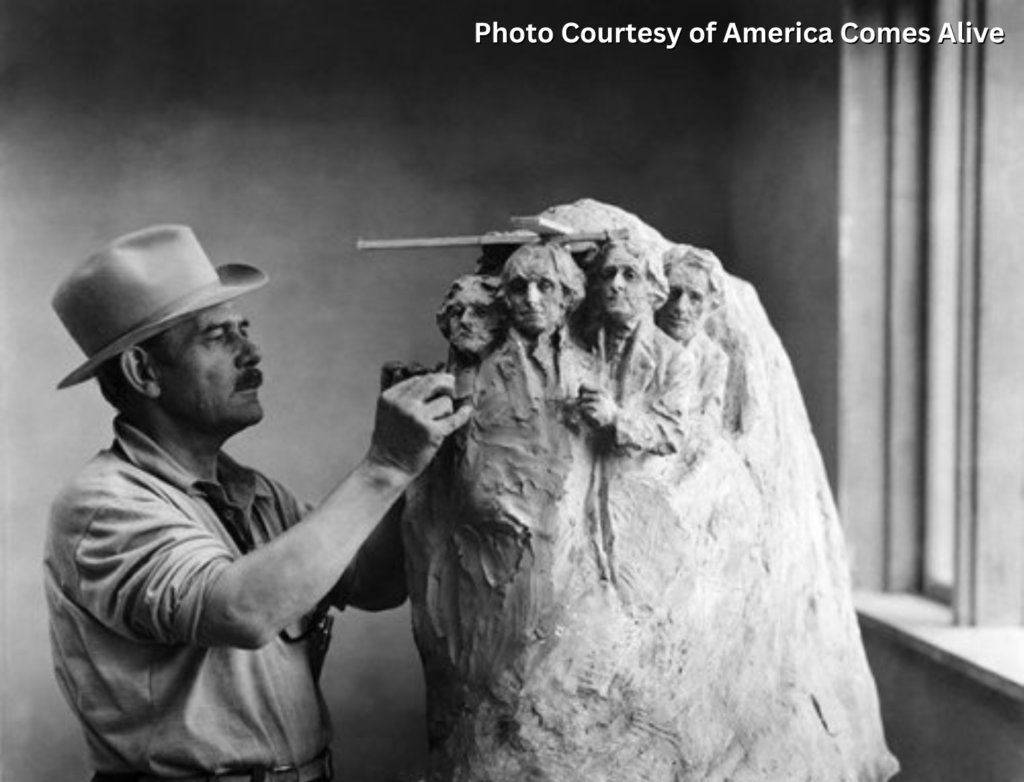
From its inception, Gutzon Borglum, the visionary sculptor behind the project, envisioned the monument as a symbol of hope and unity during a time of great national challenge. His original vision included the use of natural light and shadows to accentuate the features of the presidents’ faces and create a sense of awe and wonder.
Borglum spent countless hours analyzing sun patterns and how the shadows fell to create a monument that would be nothing short of spectacular. He imagined the faces of George Washington, Thomas Jefferson, Theodore Roosevelt, and Abraham Lincoln bathed in a soft, warm glow from the sun with shadows creating dramatic accents to their faces in the side of the stone hill. He imagined it all leading up to the awe inspiring sunset crescendo.
Very shortly after its dedication by President Roosevelt in 1939, the concept of using artificial light to not only extend the viewing hours but to also add to the dramatic features began to be discussed.
Many different techniques were originally tried, including using flares to direct portable army searchlights at the monument. However, nothing seemed to create the same majesty that its creator envisioned.
One such effort came in May 1948, under the direction of Superintendent J. Estes Suter, when a week-long test was done using 3 searchlights stationed at a distance of roughly 2-3 miles away. The portable lights were placed at the first pigtail bridge, Iron Mountain, and the last one at Keystone. A State Police patrol car was placed at each of the three locations to maintain communication between the three operators.
The power of these three locations was said to produce over 1 billion candlepower and proved to be a successful test which created much excitement and enthusiasm for a more permanent solution.
One of the main stumbling blocks to a permanent lighting solution at the time was the remote location would require electric infrastructure improvement. The Black Hills Power and Light Company went to work, and by August 1949 they had installed power lines from Keystone to Mount Rushmore and then began to install the power distribution boxes they would need for the lighting systems. The power systems were ready to go by November of that year, but it wouldn’t prove to be as simple as installing the light fixtures and flipping the switch.

Two banks of lights were installed southeast of the memorial on Doane Mountain. Each bank held 27 Crouse-Hinds and Westinghouse searchlights which were rated at 1,500 watts each and produced a combined 81,000 watts. While this massive light system was thought to provide enough illumination, it turned out it created serious unwanted shadows and contrast. Attempts to refocus the lights weren’t enough and they continued to add lights and make adjustments for several months.
Finally, on June 25, 1950 a ceremony was held to dedicate the new lighting system and switch on Rushmore to the night. The ceremony was attended by nearly 5,000 people and was considered a huge success and accomplishment… but not everyone was completely happy.
The engineering team still wanted to improve the shadows and contrast and build an even more dramatic appearance. So, in February 1951, a third bank of lights were installed. This bank consisted of 8 searchlights operating at 1,000 watts each and were located east of the memorial, bringing the total of the 3 banks of lights to 62 lights and 89,000 watts.
As lighting technology continued to develop over the decades, the memorial’s lighting system did as well. Lighting upgrades took place in 1990 and later in 1998. After the 1998 upgrades took place the system included a combination of 32 metal halide and high pressure sodium lamps that equaled 18,800 watts. In addition to the dramatic energy savings, the system produced less glare and better contrast.
That system would remain in place until December of 2014, when sports-lighting innovators Musco Lighting would design, build, install, and donate to the National Park Service a unique custom designed LED system for the historic monument.
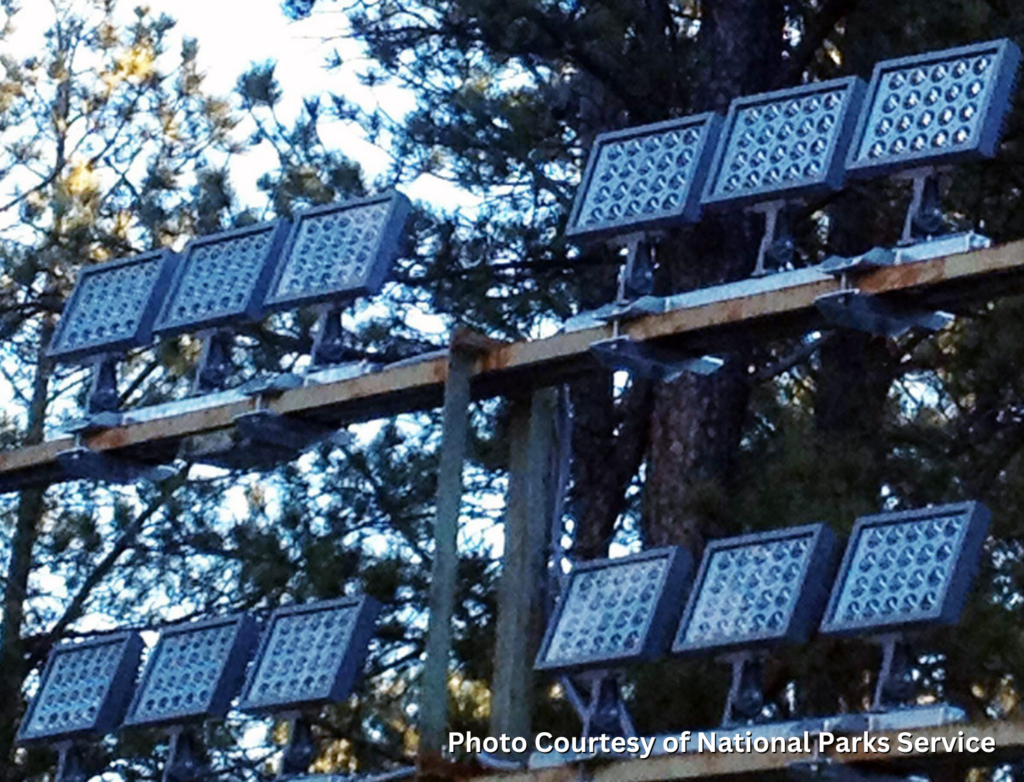
The LED system, provided by Musco, included 39 high performance fixtures with custom optics and controls that projected nearly 1100 feet onto the iconic sculpture while minimizing stray light and sky glow. The end result was a perfect example of good lighting practice and environmental responsibility that realized a nearly 90% energy reduction and the elimination of lamp maintenance.
While the idea of lighting up Mount Rushmore was envisioned by its creators, no one at the time could have imagined the lighting journey that those four icons in the rock would witness over the years.
The lighting of Rushmore is an excellent example of the careful balance between innovation and preservation. The monument’s lighting design respects the historical and cultural significance of the monument, while it enhances rather than detracts from its grandeur.
The history of lighting Mount Rushmore is also intertwined with various special occasions and celebrations. From Independence Day fireworks displays to presidential visits and commemorative events, lighting has played a central role in enhancing the festive atmosphere and creating unforgettable memories for visitors of all ages… and will continue for decades and centuries to come.
Featured image courtesy of Travel South Dakota.

